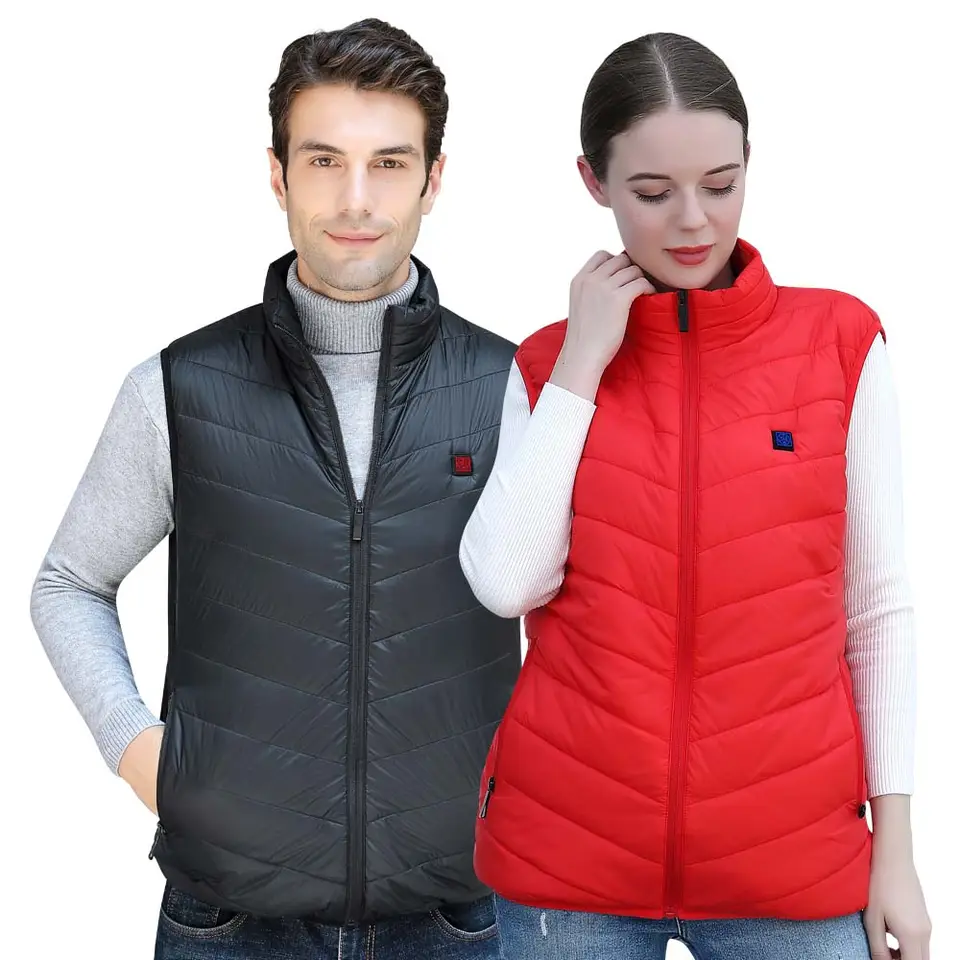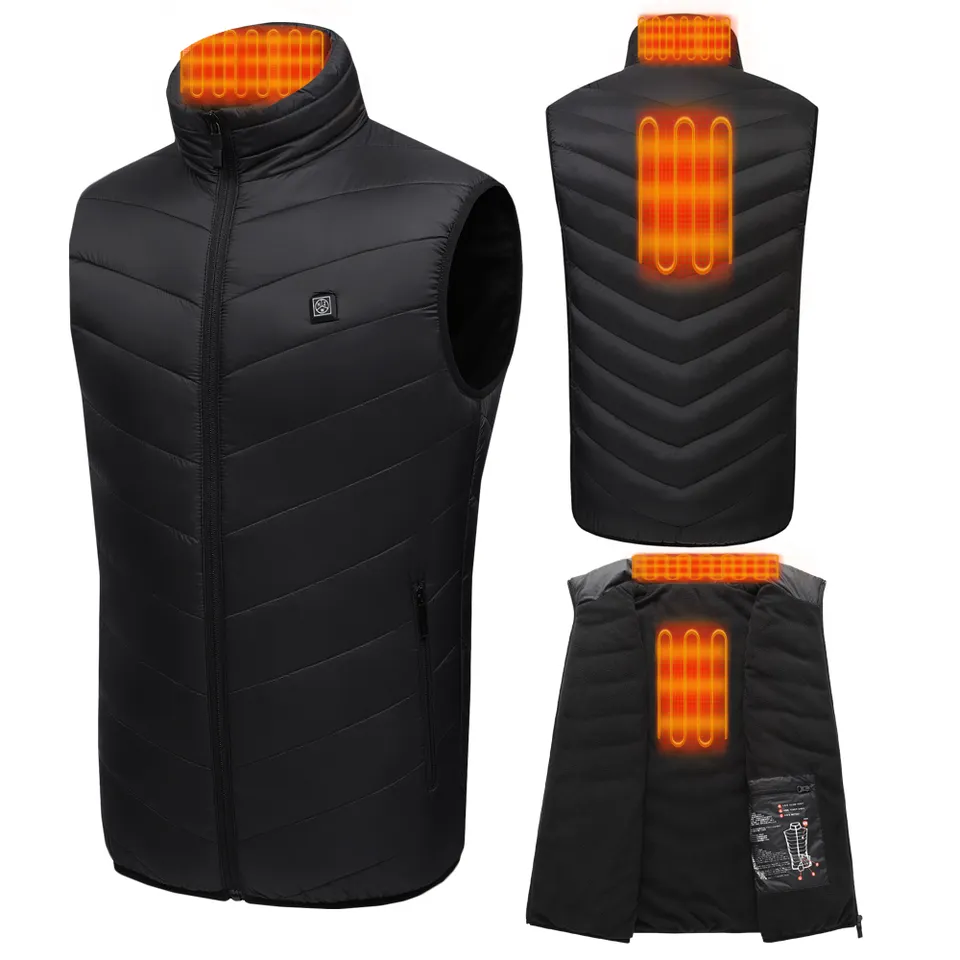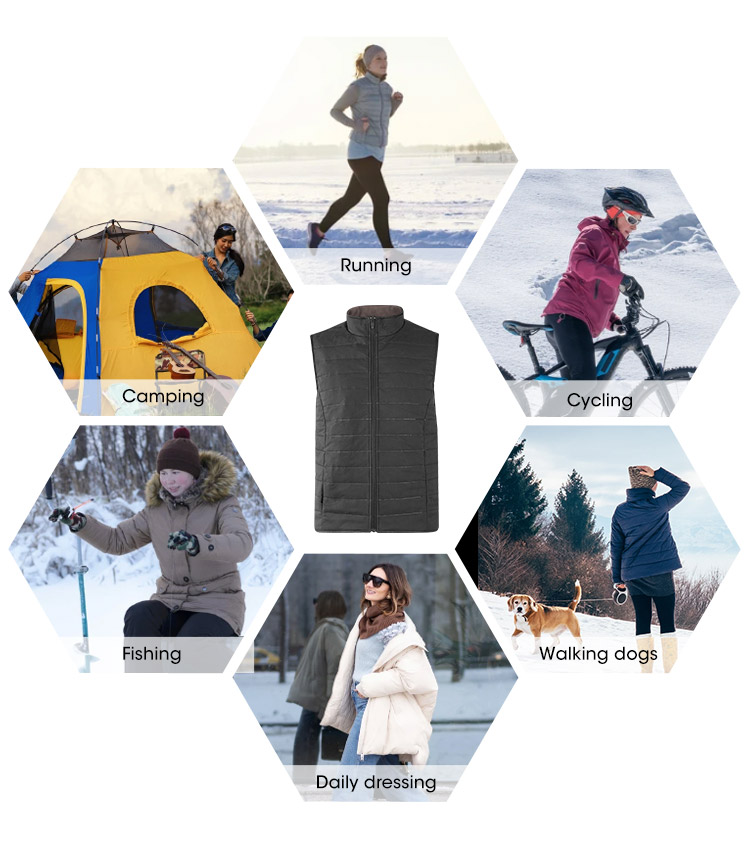The optimal time to sell electric heat vests depends on several factors, including the target market, seasonal trends, and marketing strategies. Generally, the best time to sell electric heat vests is during the colder months when people are actively seeking ways to stay warm and comfortable.

Fall and Winter Seasons: The peak selling period for electric heat vests is typically during the fall and winter seasons. As temperatures drop, individuals seek effective ways to combat the cold, and electric heat vests become a popular choice. Starting sales campaigns in early fall allows you to capture the attention of potential customers before the coldest months arrive.
Holiday Season: The holiday season, particularly around Thanksgiving, Christmas, and New Year's, presents a great opportunity to market electric heat vests as practical and thoughtful gifts. Many people look for unique and useful presents, making heated vests an attractive option. Promotions, discounts, and gift bundles can enhance sales during this time.
Cold Snaps and Weather Events: Sales of electric heat vests can also spike during unexpected cold snaps or severe weather events. When temperatures plummet unexpectedly, individuals rush to find ways to keep warm. Capitalize on these situations by having a responsive marketing strategy that targets customers seeking immediate relief from the cold.

Pre-Season Preparation: Encourage customers to purchase electric heat vests in advance of the coldest months. Run promotions and campaigns that highlight the benefits of early preparation, such as being ready for the first cold day or upcoming winter trips. Pre-season sales can help you smooth out demand fluctuations and ensure a steady stream of orders.
Outdoor Activities and Sports Seasons: If your electric heat vests are designed for outdoor activities, sports, or adventure, consider aligning your marketing efforts with relevant seasons. For example, if your vests are suitable for skiing, hiking, or winter sports, target enthusiasts as those activities gain popularity. Timing your marketing around relevant events or sports seasons can boost sales.
Localized Marketing: For regions where winters are longer and colder, the selling window might extend further into spring. Some places experience colder weather well into March or April. Customize your marketing strategy based on the climate and weather trends in your target markets.
Off-Season Opportunities: While the prime selling time is during colder months, consider exploring off-season opportunities. Some customers might be interested in electric heat vests for specific activities, such as chilly summer evenings or early morning outdoor workouts.

Market Research and Data Analysis: Conduct thorough market research and analyze sales data from previous years to identify patterns and trends. This data-driven approach can help you pinpoint the most profitable months and adapt your sales strategy accordingly.
Year-Round Sales Strategies: Even during warmer months, maintain a presence in the market through consistent branding, engagement on social media, and email campaigns. This keeps your product top-of-mind for customers who plan ahead or need replacements for worn-out vests.
In conclusion, the best time to sell electric heat vests is during the fall and winter seasons, particularly leading up to and during the holidays. However, opportunities exist throughout the year, including cold snaps, outdoor activity seasons, and off-season niches. Adapting your marketing strategy to these factors and using data-driven insights can help you maximize sales and meet customer needs effectively.